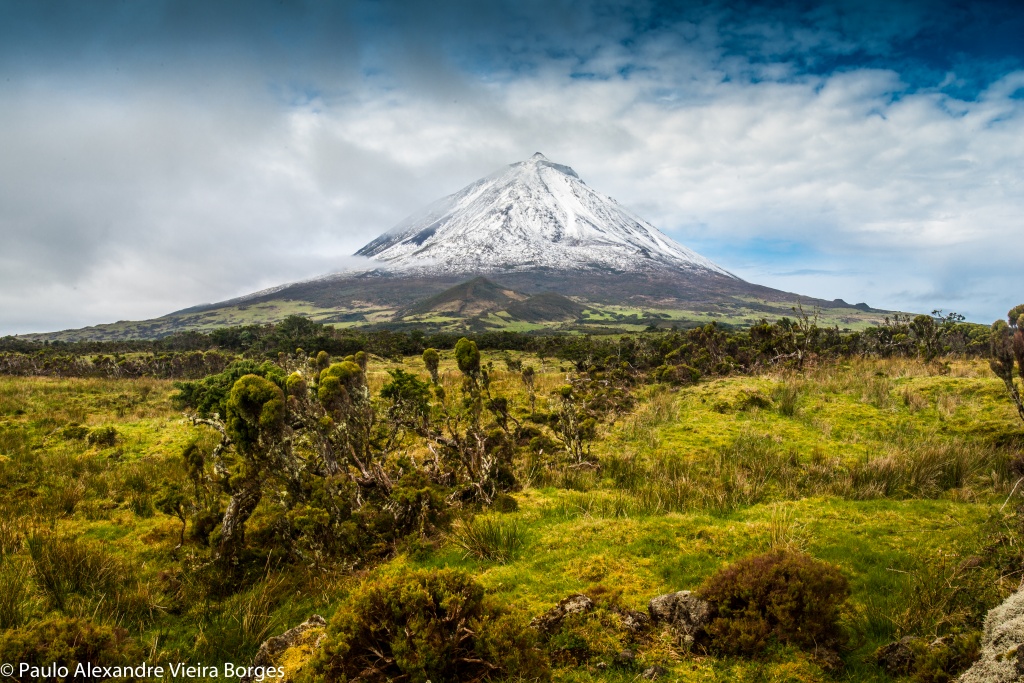Summary:
Recent climate change has deeply affected the unique and vulnerable polar and high mountain ecosystems. However, due to limited knowledge, high uncertainty remains regarding similar effects on tropical biotas. In the present project, we propose to study and promote tropical bryophytes and ferns as bioindicators of climate change. These highly diverse plants, widely acknowledged as crucial ecosystem components, remain among the least known groups. This project sets up the first comparative analysis of tropical biodiversity along altitudinal gradients in multiple islands. It assembles an international and multidisciplinary network across the islands of La Réunion (Mascarenes), Guadeloupe (Antilles), Pico (Azores), La Palma (Canaries) and Tahiti (French Polynesia). Partners with expertise in the field of biodiversity research and conservation include universities, research centres and national parks. The intended project specifically aims to: (1) Characterise bryophyte and fern diversity along altitudinal gradients from lowland to summit and from the gene to community level, (2) Relate species diversity and distribution patterns to relevant life-history and functional traits, (3) Compare relationships between diversity and predictors across the islands, (4) Model species response to climate change in terms of range shifts, (5) Establish permanent plots for long-term vegetation monitoring. Scientific networking will include intensive sampling and environment monitoring across the islands. Novel modelling approaches will help infer the relationships between species performance and local conditions. The derived results will bring new evidence regarding species and community responses to climate change. Overall, the results will be highly relevant for conservation managers and decisionmakers. The original participation of local stakeholders (National Parks of Guadeloupe and Réunion) to a common research project will insure results transfer to conservation managers. The deliverables include joint publications, as well as training the next generation of field taxonomists and developing tools for conservation managers to promote sustainable biodiversity management.
Funding Institution:
EUROPE NETBIOME - DRCT
Partners:
Coordinator: Claudine Ah-Peng (University of La Réunion);
Members: Rosalina Gabriel (Azorean Biodiversity Group – Univ Azores); Magnin Hervé (Parc national de la Guadeloupe); Jean-Yves Meyer (Délégation à la Recherche, Gouvernement de Polynésie française Research Department, Government of French Polynesia); Juana María González-Mancebo (University of La Laguna, Department of Botany); Jacques Bardat (Muséum National d’Histoire Naturelle); Benoît Lequette (Parc National de La Réunion); Lisa Lavocat (Conservatoire Botanique National de Guadeloupe); Terry Hedderson (University of Cape Town, Botany Department); Michael Kessler (University of Zürich); Juergen Kluge (University of Marburg); Min Chuah-Petiot (Universiti Sains Malaysia).

